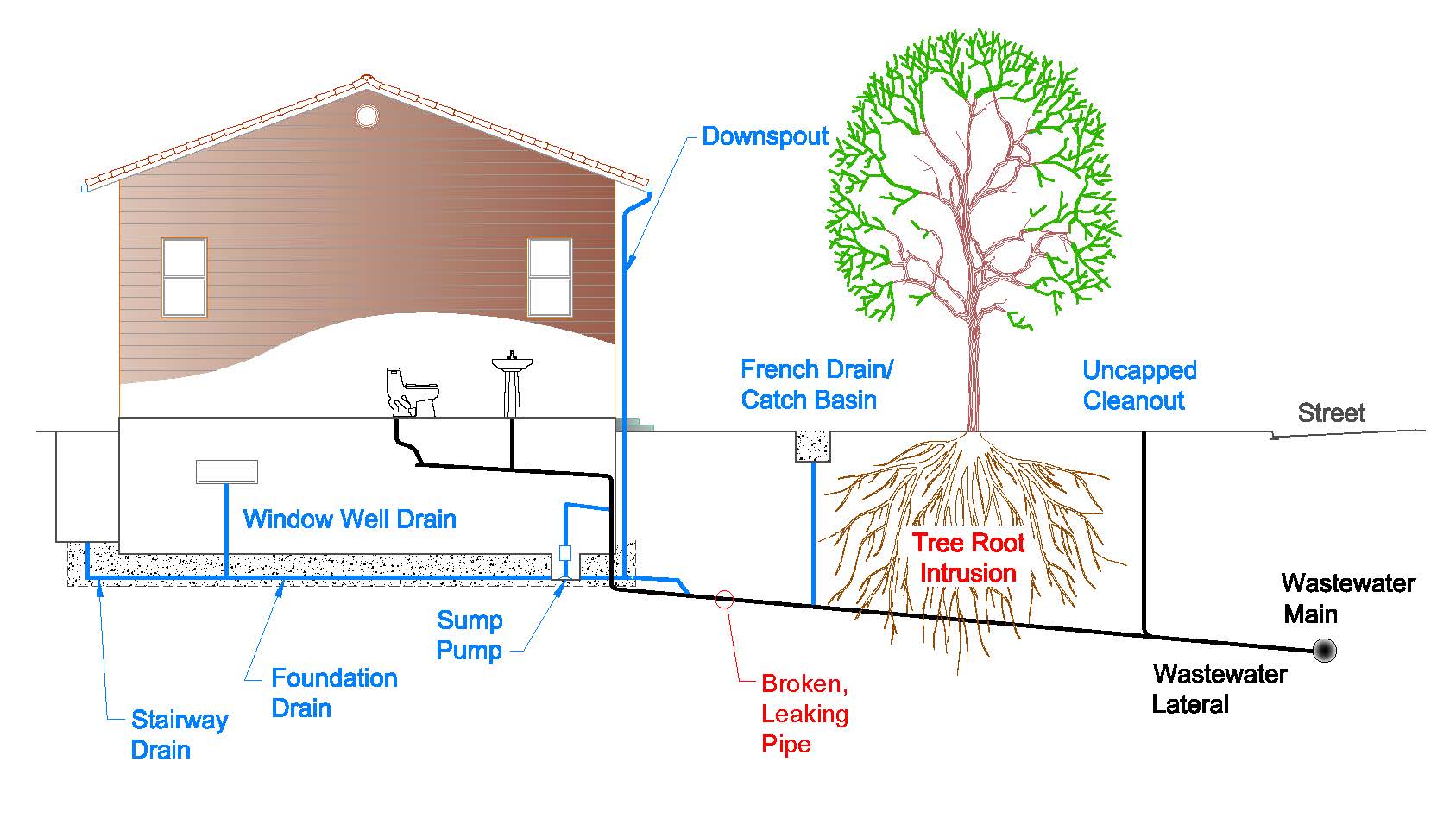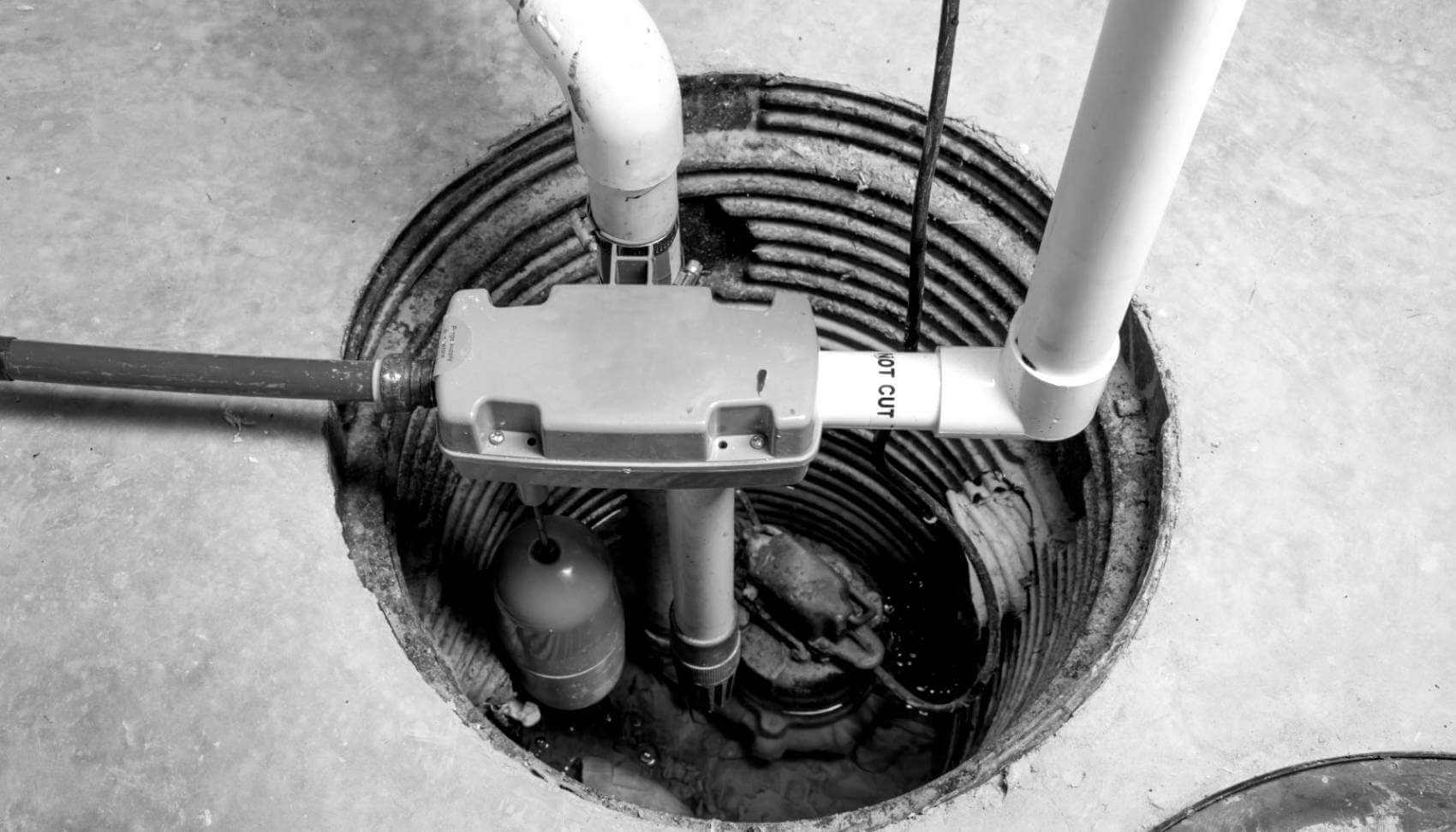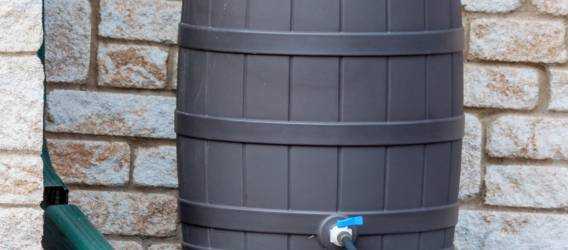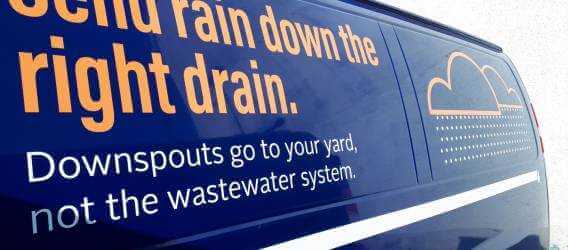Removing inflow and infiltration (I&I) is a joint effort between Halifax Water and private property owners with up to 55% of I&I coming from private property*. Finding and removing I&I can be a relatively easy and inexpensive way to have a big impact.
To learn more about what I&I is, follow this link.
For more information on how Halifax Water finds and removes I&I, follow this link.
As a property owner you are responsible for the maintenance of the pipes and connections on your property. Stormwater from sump pumps, downspouts, and other stormwater fixtures cannot be connected to the wastewater system. By ensuring that your stormwater is discharging to the correct location you are not only ensuring that you are compliant with Halifax Water’s Regulations, but you are also reducing risk of sewer backups, manhole overflows, overflows to waterways, and beach closures.
To become familiar with where your stormwater goes and where your plumbing is connected, walk around the inside and outside of your building. Using the below diagram as a guide, identify any connections that may be contributing I&I to the wastewater system.
For more information see this Seasonal Maintenance Checklist.
Examples of I&I sources to look for around private property include:

- Typically used to manage stormwater that is entering basements.
- A sump pump is connected to the wastewater system if it pumps to the same pipe that collects the water from sinks, toilets, and washing machines or if it discharges to a laundry sink.
- The best place for discharge is to your property.
- It may be possible to connect to the stormwater pipe in the street. This has the additional benefit of potentially connecting by gravity, eliminating the need for a sump pump altogether.
- For more information see the Sump Pump Factsheet.
- Sloped roofs often have gutters with a downspout attached directing water toward the ground.
- If your downspout goes into the ground or into your foundation it may be improperly connected to the wastewater pipe.
- Downspouts should always discharge to your property.
- Link to Downspout Factsheet
- Should not be connected to the wastewater lateral.
- Direct to a dedicated stormwater lateral to the separated stormwater sewer.
- Benefits to having a stormwater lateral include discharge of sump pumps, foundation drains, area drains, French drains, or interior perimeter drains. Depending on elevations, you may even be able to eliminate the need for a sump pump altogether.
- In some areas elevations may allow discharge to a roadside ditch or elsewhere on your property.
- For more information on obtaining a stormwater lateral connection visit New Service Connections.
- Defects caused by cracks, breaks, roots, poor joints, etc. allow stormwater to infiltrate into the wastewater system, increasing the risk of lateral collapse and backups.
- Laterals should be inspected and repaired by qualified professionals. If the defects are located on public property submit video inspection to Halifax Water.
- See "How to hire a reliable and trustworthy general contractor bbb.org" for more information on hiring a qualified contractor.
- For financing options see The Lateral Loan Program
- Missing or damaged cleanout caps allow stormwater to enter the wastewater system as well as debris, increasing the risk of sewer backups (located outdoors along the wastewater lateral).
- New cleanout caps can be found at most plumbing or home improvement stores.
- French drains, window drains, driveway drains, etc. should never be connected to the wastewater system.
- Stormwater should be allowed to soak back into your property and return to the natural water cycle.
- Where it is not possible or practical to direct to property, direct flow to a dedicated stormwater sewer or a ditch where available.
- For more information on obtaining a stormwater lateral connection visit New Service Connections
Once I&I has been identified, there are many options available to reduce it, while also improving property appearance and value.
- Whenever possible, stormwater should be allowed to soak back into the ground to become part of the natural ground water recharge process rather than becoming runoff.
- Where it is not possible to direct stormwater to your property, you may be able to install a stormwater lateral if you live in an area with a dedicated stormwater pipe in the street.
- In urban environments we replace forests and fields with buildings and pavement. When it rains, the water runs off roofs, driveways, and other hard surfaces into the street.
- Runoff picks up fertilizer, oil, pesticides, dirt, bacteria, and other pollutants as it makes its way to storm drains and ditches before reaching streams, rivers, lakes and the ocean.
- Runoff has a higher water temperatures than receiving waterbodies, which is harmful to the health and reproduction of aquatic life.
- Preventing stormwater runoff by retaining rain where it falls has several environmental and community benefits including; flood mitigation by reducing pressure on drainage systems; erosion control by reducing overland flow striping soil and vegetation; and water quality protection through reduction of pollutants carried by runoff.
- Be sure to direct stormwater away from your foundation. It is important to avoid flooding yourself and neighboring properties. This could result in a civil dispute.
- It is also important to avoid causing icing on roads and sidewalks as this could result in injuries and/or by-law infractions with Halifax Regional Municipality.
- Direct the flow to areas such as rain gardens, lawns, ditches, or other permeable surfaces. Consider using rain barrels to collect water for future use.
To learn more about removing I&I and managing stormwater follow this link How to manage stormwater



